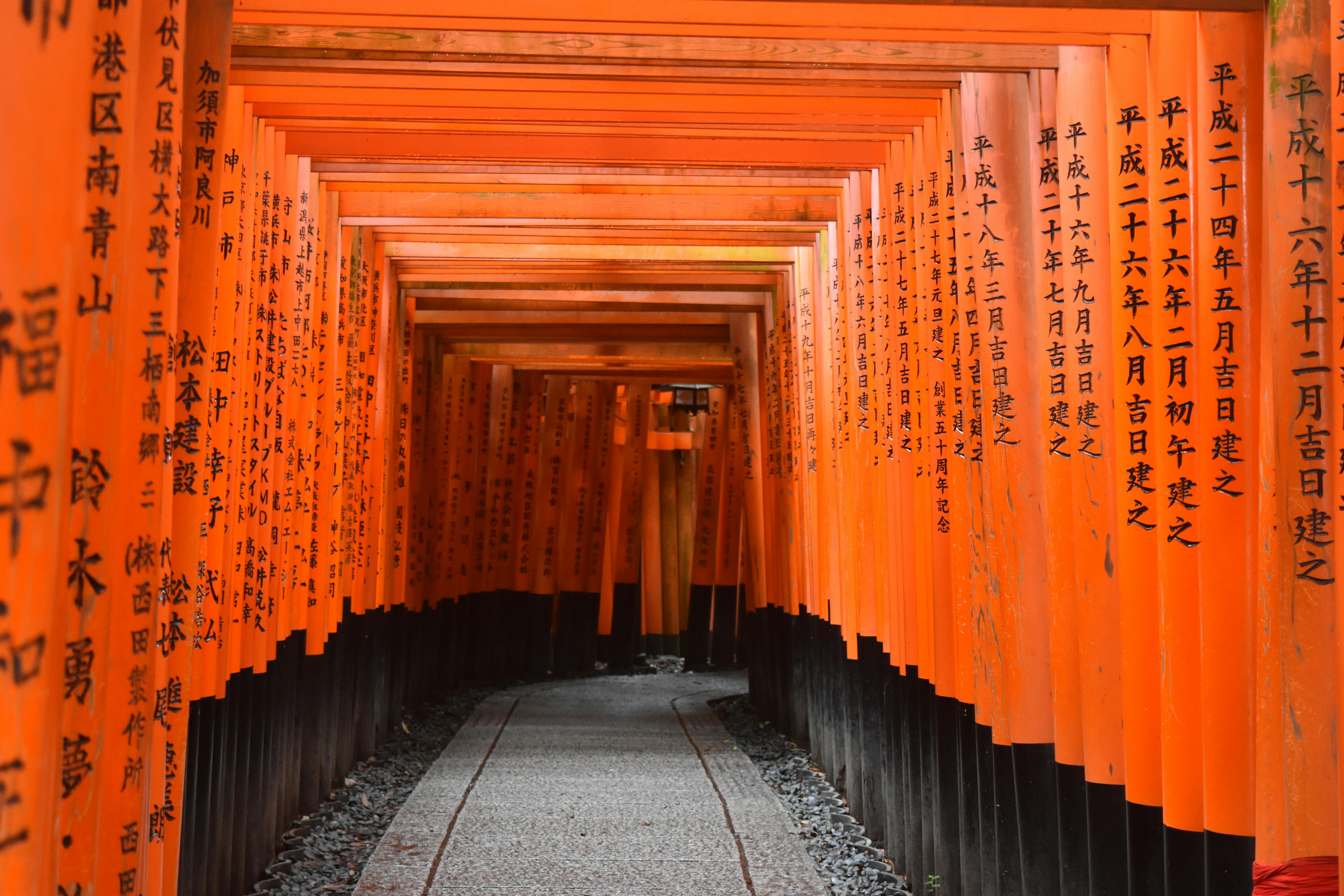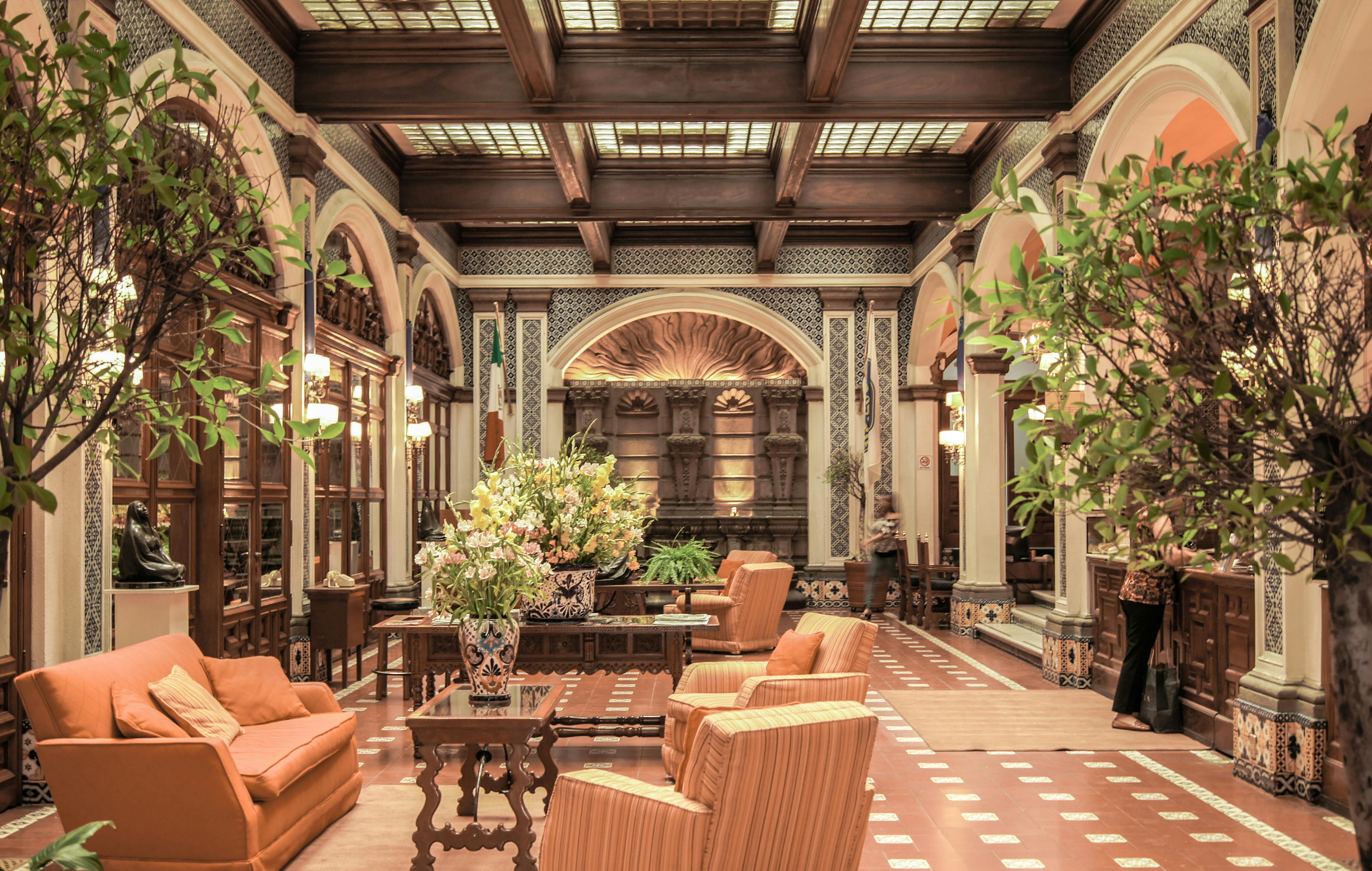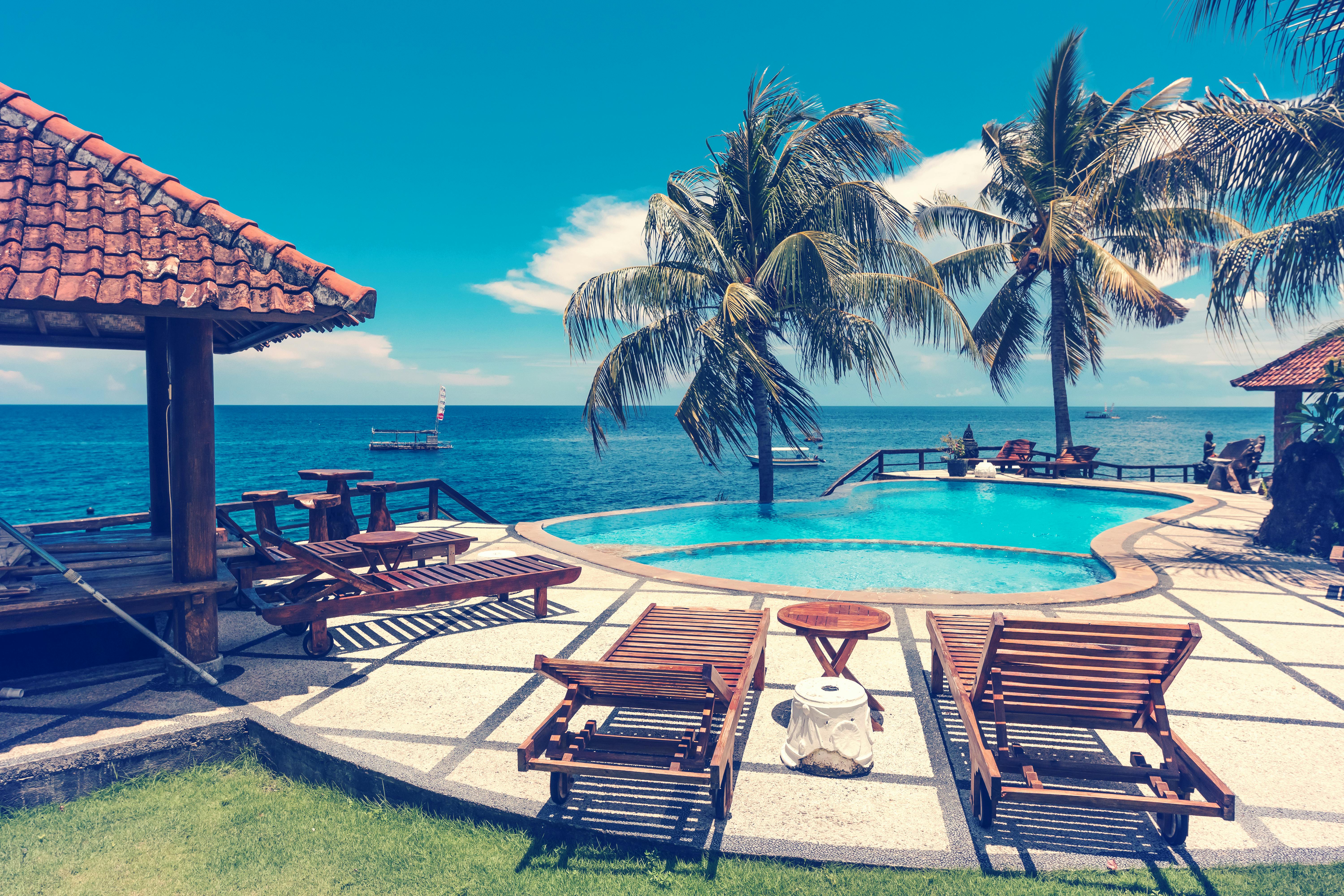One of the largest of all iguanas, the rhinoceros iguana can reach four feet in length. Its name is attributed to the three horn-shaped excrescences on the tip of its nose. They are gray or olive green, with dark transverse bands, which blend in with the rocks in their natural habitat. As cold-blooded reptiles, these iguanas must warm up in the sun before being active during the day (diurnal). Iguanas of the genus Cyclura are found on many Caribbean islands, but the rhinoceros iguana is found only on the islands of Haiti and the Dominican Republic.
Rhinoceros iguanas eat leaves, flowers, and fruit. They have been observed to eat insects, land crabs, eggs. They are usually ground-dwelling lizards, but sometimes they climb trees to eat leaves and fruit.
They are mainly found near the coasts of Hispaniola in Haiti. However, due to human civilization, many were forced to move inland. Most of the populations live in the southern part of the Dominican Republic. Smaller populations live in neighboring Haiti. They are protected and are a threatened species in the Dominican Republic. In Haiti, where they are sometimes hunted for food or local trade.
Habitat destruction and hunting for food and trade constitute the greatest threat to the rhinoceros iguana.
Caring for Rhinoceros Iguanas as Pets
A rhinoceros iguana may require a standard 30 to 50 gallon tank. But as it grows, a custom-made cage may be necessary. The size of the cage will depend on the size of the iguana. To calculate the ideal size of a particular iguana: the length of the cage is one and a half lengths of the lizard; width is two-thirds the length of the lizard; the height can be equal to the length of the lizard. However, a higher cage may be preferred as iguanas love to climb and stay up. Branches can be installed inside the cage for your climbing needs. Choose branches that match the size of your iguana.
Rhinoceros iguanas need to heat their bodies to properly digest food and help them fight disease. A thermometer can be used to check the temperature in any enclosed area. The ideal temperature should reach around 85 degrees Fahrenheit. Additional heat can be supplied by a spotlight, heat tape, or any under-tank heater. Hot rocks are not recommended as they can damage the iguana’s skin and even cause severe burns.
Lighting is essential for iguanas. Full spectrum bulbs help produce vitamin D3 by aiding the iguanas in their absorption of calcium. However, recent studies show that no artificial lighting can duplicate the benefits derived from natural sunlight. Therefore, it is recommended that iguanas be exposed to natural sunlight on a regular basis. Natural sunlight coupled with a good diet is the most economical way to raise Rhino Iguanas. However, be careful not to expose the iguana to sunlight while inside the aquarium, as the increased temperature inside can be lethal.
Proper feeding should always be an important consideration when managing your Rhinoceros Iguanas. Always remember that the health and well-being of your pet iguana will largely depend on the type of food you give it. Iguanas require a diet rich in vitamin D3, calcium, and phosphorous. A good source for these are greens like mustard greens, dandelion greens, and turnip greens. Iguanas are by nature herbivores. They are plant eaters. Dog food, cat food, and human food should be avoided. These are not good for iguanas and can lead to kidney failure at their young age. You can give broccoli, cauliflower, sprouts and cabbage, but in small quantities. These vegetables can cause thyroid problems if given too often. Spinach is also not good for them, it binds calcium. Other vegetables, such as zucchini and squash, and other fruits, such as raspberries, blackberries, and bananas, can be added to your diet.
While it is important to control the temperature surrounding the rhinoceros iguana, it is equally important to control the humidity. They need water and moisture. Regular misting or a humidifier will help keep the humidity at the right level. Ideally, enclosures should maintain a humidity level of around 95 to 100 percent. An indicator that monitors both temperature and humidity can help address this control.



